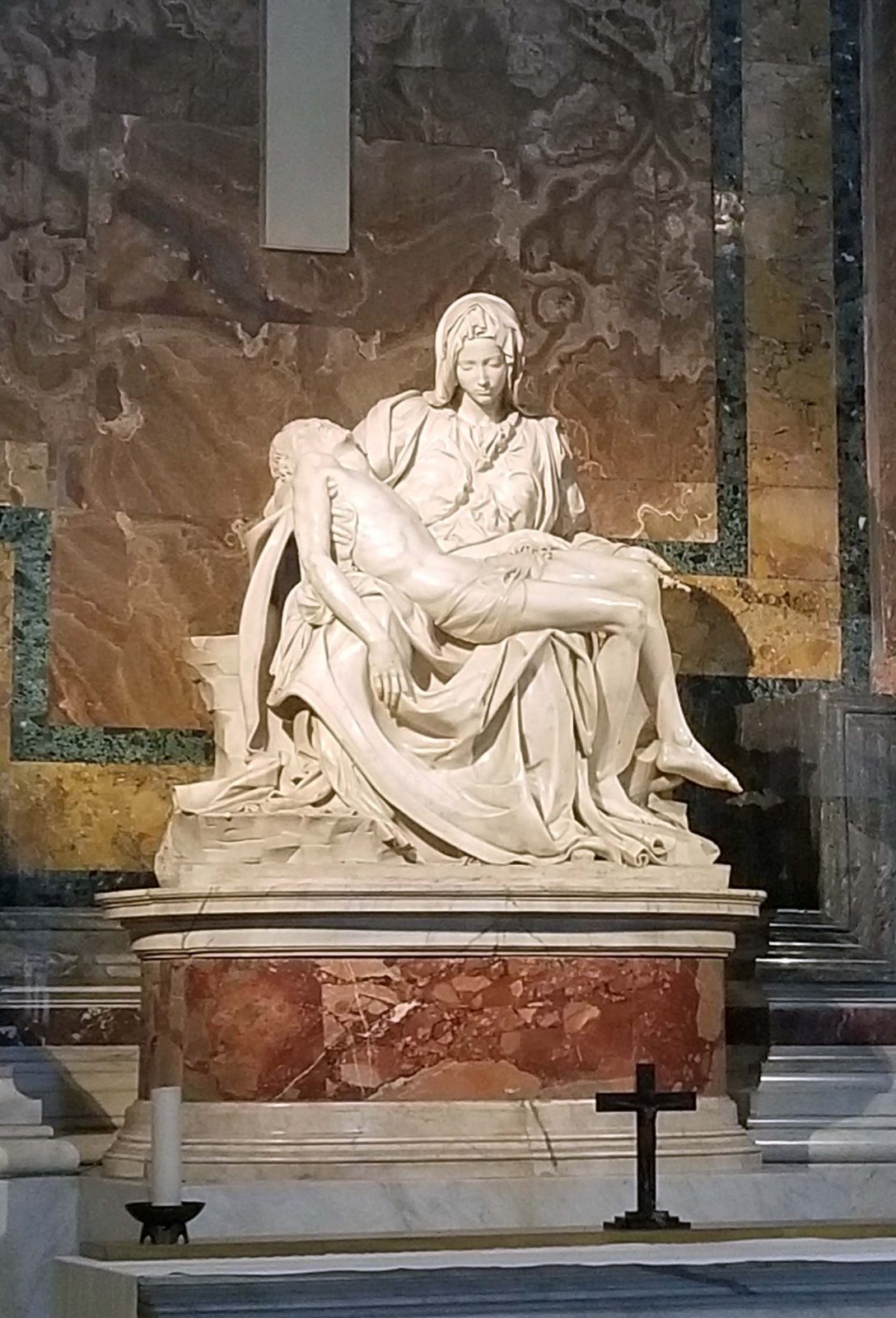Ted’s and my Vatican Tour was actually three tours in one: the Vatican Museums, the Sistine Chapel, and St. Peter’s Basilica. That’s too much to cover in a single blog post, so here are parts two and three.
Sistine Chapel
The second part of our tour was the Sistine Chapel, and I’m sad to say that I was disappointed in it. There was a minor religious service in progress when we (and many other tourists) entered the chapel and we were cautioned by our tour guide to remain silent and respectful. The spoiler of the situation was the security guards in the chapel who were constantly shouting “Get over to the right,” “Keep moving,” and other instructions to the visitors. They showed no respect for the service or the setting at all and, in fact, detracted greatly from it.
Although the guards did their best to ruin a respectful atmosphere, I couldn’t help but marvel at the paintings in the chapel. The biggest surprise? Like the Mona Lisa, it was smaller than I had expected it to be. It’s a chapel, not a cathedral, but still–I thought the painting panels on the ceiling would be larger. People say “It took Michelangelo four years to paint the ceiling” as though less time would have been preferable. In spite of it’s surprisingly (to me) small size, I’m amazed he could finish the job in only four years. The walls of the chapel tell the stories of the Bible, from Genesis to Revelations–the Old Testament on one side and the New Testament on the other. No photography was allowed, but I found some photos online to include here.
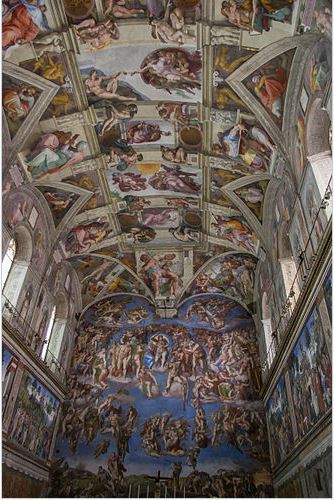

Michelangelo’s contributions to the chapel paintings are the ceiling and the altar wall. The ceiling is divided into scenes from the Book of Genesis, including The Creation of the World, The Expulsion of Adam and Eve, and The Story of Noah. Of course, the center panel, The Creation of Adam, is the most well-known, with the hands of God and Adam. Take a moment to marvel at how Michelangelo found such a perfect way to depict the event of Creation–an event that still cannot be adequately described.
Twenty-five years after completing the chapel ceiling, Michelangelo was commissioned to paint the altar wall. Titled The Last Judgment, it is a depiction of the Second Coming of Christ and the final judgment by God of all humanity. The souls of humans rise and descend to their fates as judged by Jesus Christ, who is surrounded by prominent saints. Altogether there are over 300 figures in the painting. (Ed. note: The Sistine Chapel walls overtly depict Christian doctrine and humanity’s need for salvation as offered by God through Jesus, but some experts, including a Vatican art historian, have also noted “concealed” and “forbidden” subject matter in the paintings.)
St. Peter’s Basilica
St. Peter’s Basilica was the last part of our tour. It is the most renowned work of Renaissance architecture and the largest Catholic church in the world. It covers almost six acres and took 219 years to build. Beneath the Basilica, 201 popes are buried. In Rome, no building may stand higher than St. Peter’s. Its size is intended to show that God is the greatest and St. Peter is his most important apostle. Only the Pope conducts services in St. Peters.
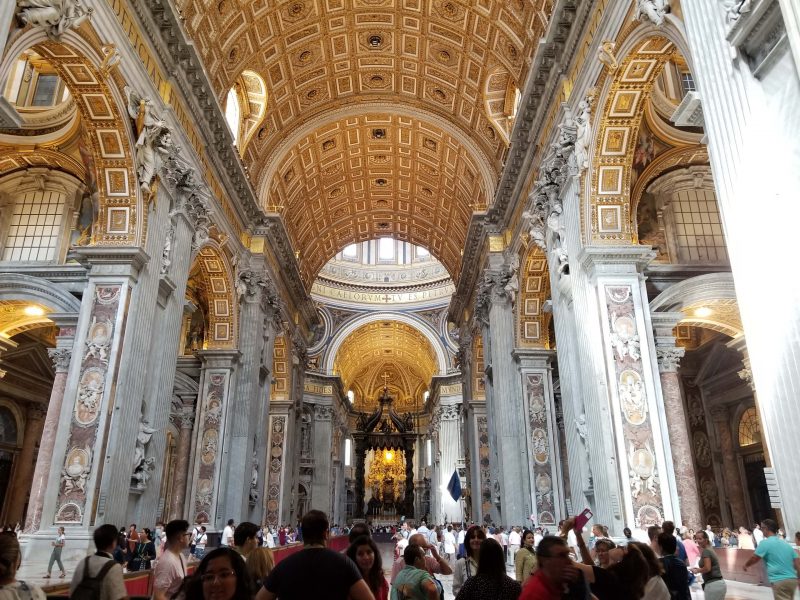
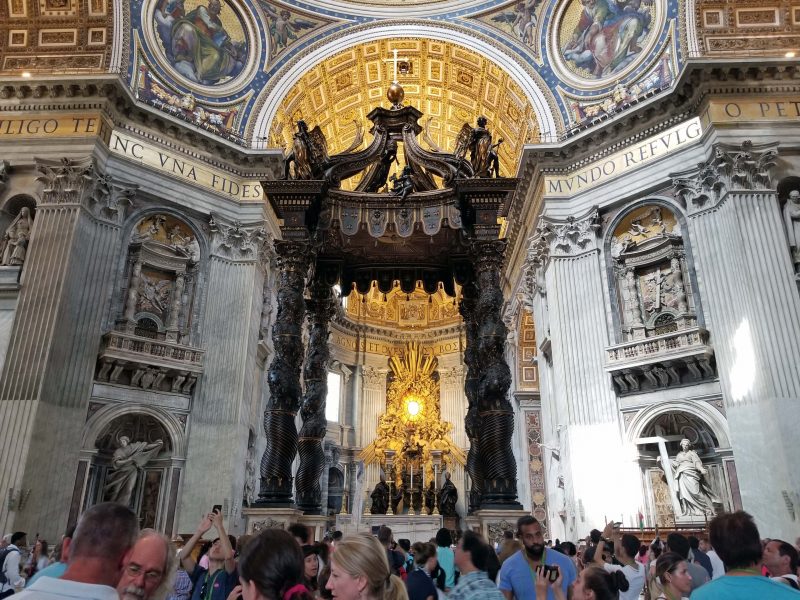
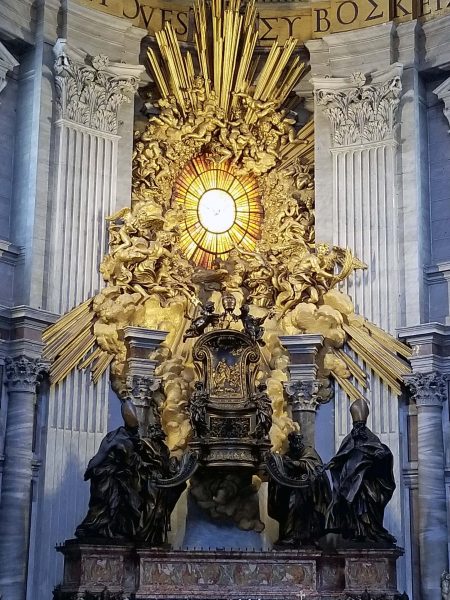
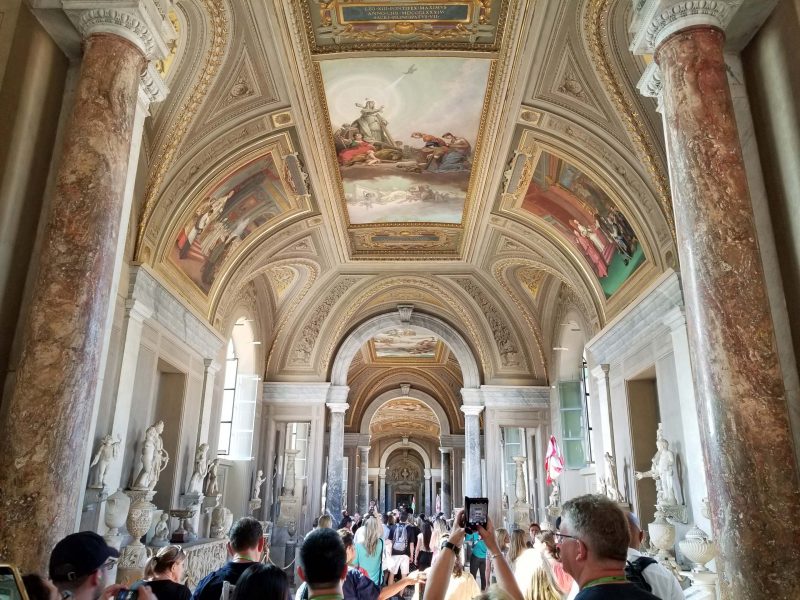
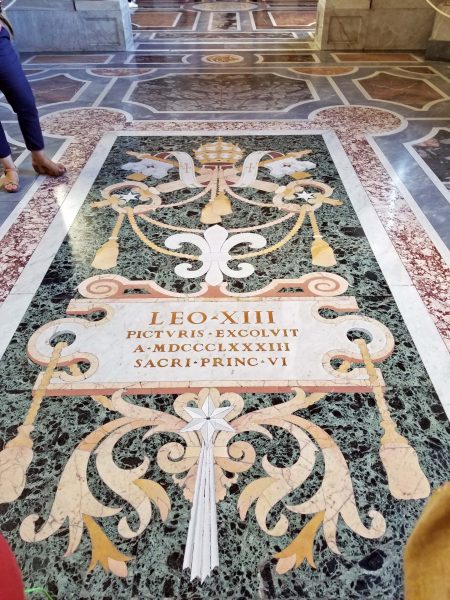

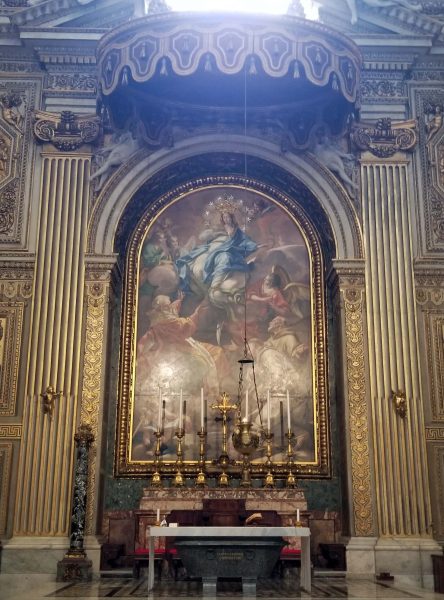

Michelangelo’s Pieta is carved from a single piece of marble and was commissioned for a cardinal’s funeral. It was first housed in a mausoleum near St. Peter’s Basilica, but was moved to its current location in the Basilica in the 18th century. Michelangelo sculpted this piece at the age of 24, and many people didn’t believe it was his work. When he overheard someone attribute the Pieta to another artist, he sneaked into the mausoleum and carved his name into Mary’s sash. He later regretted his vanity and vowed to never sign another piece of his art. This sculpture of Mary holding her dead son, Jesus, was the most moving thing I saw on our entire trip. It brings tears to my eyes, even when I look at my picture of it.
